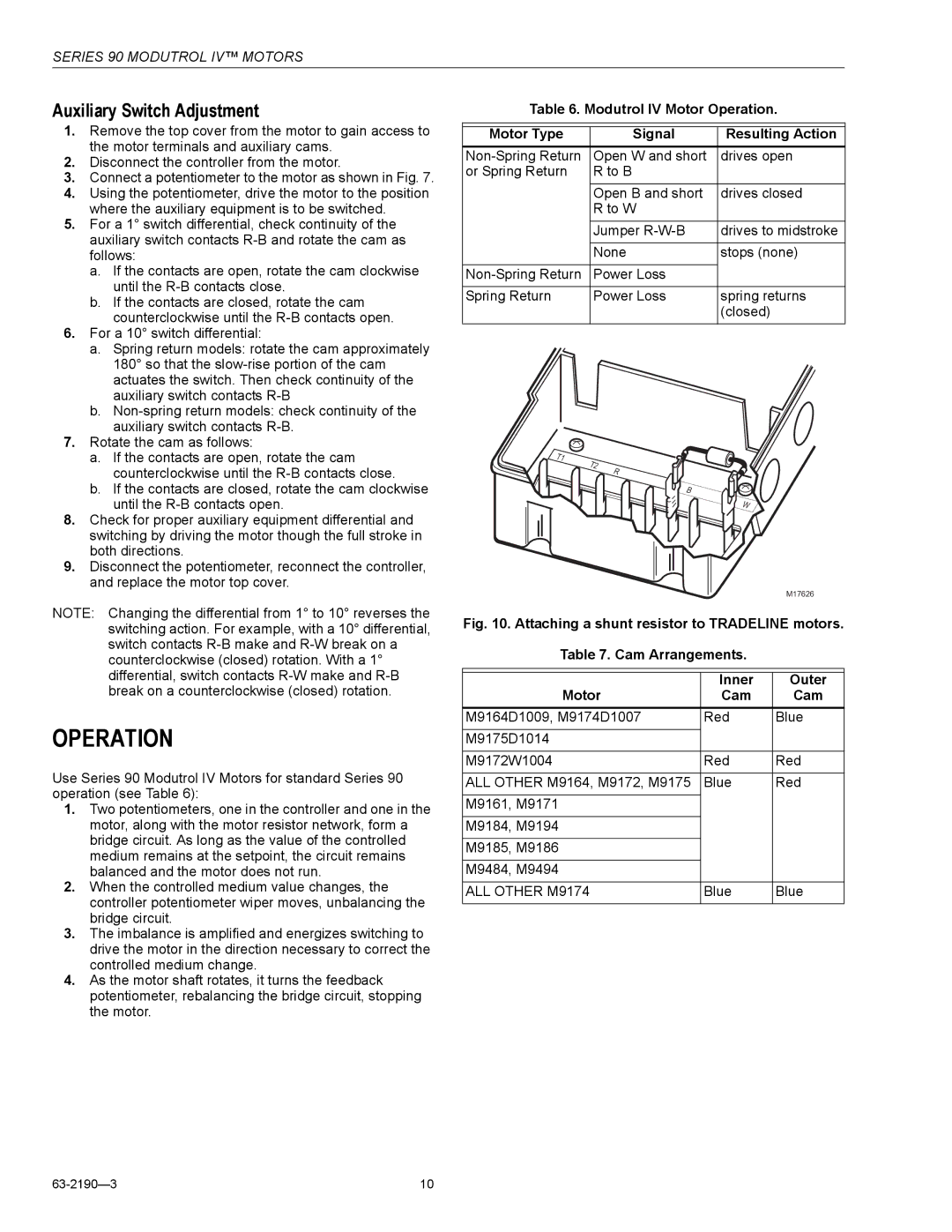Series 90 specifications
The Honeywell Series 90 is a prominent line of control systems tailored for industrial applications, enhancing efficiency, reliability, and adaptability in process automation. Designed to meet the evolving demands of various industries, the Series 90 is renowned for its versatility, scalability, and robust performance.One of the main features of the Honeywell Series 90 is its modular architecture, which allows users to configure and expand their systems easily. This flexibility ensures that the system can grow alongside the needs of an organization, whether it involves adding new control loops, expanding I/O points, or integrating with existing systems. The ability to seamlessly expand and modify the system makes it particularly appealing to users in dynamic environments.
The Series 90 is equipped with advanced control technologies that elevate process efficiency. With its powerful control algorithms, it can handle complex processes and deliver superior control performance. In addition, the system supports multiple communication protocols, facilitating easy integration with other devices and systems. This interoperability is key for operations that depend on precise data transfer and real-time monitoring.
Reliability is critical in industrial applications, and the Honeywell Series 90 is designed with this in mind. The system boasts high availability through redundant components, ensuring continuous operation even during maintenance or unexpected failures. Built-in self-diagnostics help identify issues proactively, reducing downtime and enhancing overall system reliability.
User-friendliness is another characteristic that sets the Honeywell Series 90 apart. The intuitive interface, along with comprehensive configuration tools, simplifies system setup and operation for both experienced engineers and newcomers. Enhanced visualization capabilities allow operators to monitor and control processes effectively, improving decision-making and response times.
Furthermore, the Honeywell Series 90 is equipped with robust security features to protect against cyber threats. With the increased connectivity of industrial systems, security has become paramount, and Honeywell has prioritized safeguarding its clients' operations.
In summary, the Honeywell Series 90 stands out in the realm of industrial control systems due to its modular design, advanced control technologies, reliability, user-friendly interface, and robust security measures. These features make it an ideal solution for organizations seeking to enhance their process automation capabilities while ensuring longevity and adaptability in a competitive landscape.

